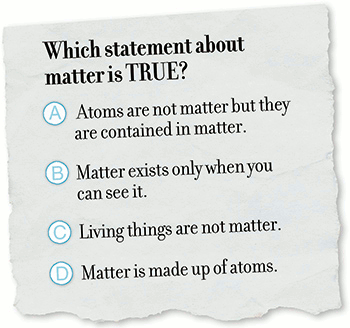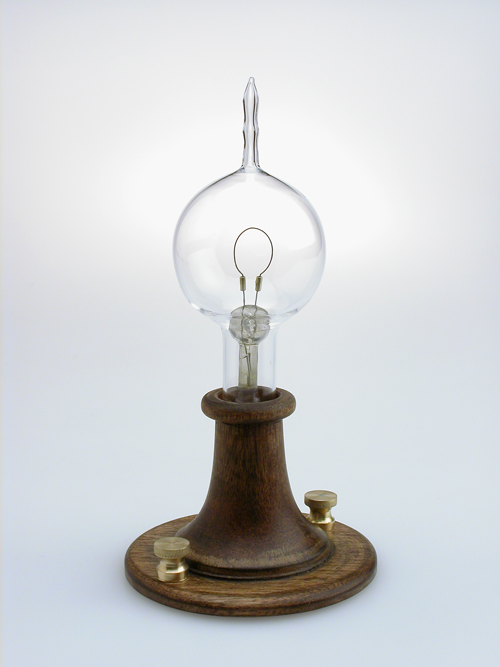“Give me a firm place to stand, and I shall move the earth.” Archimedes
So begins the proposed (as of mid-November 2024) New College of Florida mission statement.
To dispense with the question of whether this is an “accurate” quotation, the short answer is somewhere between “good enough” and “we don’t really know”. At greater length, the most common version is given by Pappus of Alexandria, writing several hundred years after Archimedes:
Give me the place to stand, and I shall move the earth.
A somewhat earlier (but still well after Archimedes) version, attributed to Archimedes by Diodorus Siculus:
Give me a place to stand and with a lever I will move the whole world.
There are other variants, some with the word “firm”, some mentioning a lever (though Archimedes may have been referring to a kind of windlass, which operates on the lever principle).
One imagines that Archimedes was something of a quote magnet by the time these attributions were made, but setting that aside, the New College language and attribution is close enough.
It would be a mistake to take the image of moving the earth with a lever (or windlass) too literally. Where would one stand, and where would one place the fulcrum? Move the earth how much? How long would the lever have to be, and of what material? None of this really matters; the point of the hyperbole is that, mathematically, an arbitrarily long lever gives us an arbitrarily large mechanical advantage.
The mission statement concludes:
Together, we seek the good, the true, and the beautiful, in the firm knowledge that only through the eternal verities can we move the earth.
The metaphor is fuzzy. Are the verities the lever? The firm place to stand? The fulcrum? Perhaps the good is the lever, the true the fulcrum, and the beautiful the “firm place to stand”? Or … what, exactly? Metaphors are apparently not the authors’ strong suit.
Let’s think about how we might more practically “move the earth”. We might begin by defining just what we mean by that, since the earth is already moving—just how fast and in what direction depending on our frame of reference. Let’s arbitrarily choose the earth and the sun as our frame of reference, with the two bodies in orbit around their common center of gravity, and ignore the rest of the universe (it won’t matter for our demonstration of earth-moving). The earth has some particular angular momentum in this frame. That momentum is changing, of course, mainly because of tidal losses, but let’s again simplify by ignoring those changes as irrelevant to our task, which we’ll define as: change the angular momentum of the earth. By how much? Without doing the calculation, let’s just say some calculable amount (surely Archimedes did not propose to move the earth very much with his lever).
With the problem well-enough defined, take a flashlight out under a clear sky, point it upward, and switch it on. And, just like that, we have moved the earth.
How? In accelerating a stream of photons out into the universe, Newton teaches us that there is an equal and opposite force transferred from the flashlight through our body to the earth, which is obliged to accelerate (slightly) in the opposite direction. Very slightly, to be sure, but we could calculate how much, knowing (again loosely speaking) how bright the flashlight is. (Archimedes could have done likewise with a candle, of course, if moving the earth had been the point of his exercise, which it was not.)
Q.E.D.
The Newtonian method of moving the earth is considerably more practical than the Archimedean. We could even construct a suitable marketing-speak metaphor from it, something involving shining a light into the universe. Not particularly coherent, but no less so than the Archimedean lever.
So grab your flashlights, people. Get out there and move the earth.
 Eject is a little dingus you can keep in your Mac’s Dock. Click it, and it’ll eject all disks except the startup disk, as well as an iPod if iTunes has one connected. It’s just a little AppleScript packaged as an application with a nice ejectish icon. Download
Eject is a little dingus you can keep in your Mac’s Dock. Click it, and it’ll eject all disks except the startup disk, as well as an iPod if iTunes has one connected. It’s just a little AppleScript packaged as an application with a nice ejectish icon. Download 


 As I was listening to a friend discuss the early days of digital computer design, and how much things had changed, it struck me that there is one common technology of similar age that would be instantly recognizable to its inventor: the Edison incandescent light bulb.
As I was listening to a friend discuss the early days of digital computer design, and how much things had changed, it struck me that there is one common technology of similar age that would be instantly recognizable to its inventor: the Edison incandescent light bulb.  Every day, 7,000 times a day, Stanford Hospital staff turn to pneumatic tubes, cutting-edge technology in the 19th century, for a transport network that the Internet and all the latest Silicon Valley wizardry can’t match: A tubular system to transport a lab sample across the medical center in the blink of an eye.
Every day, 7,000 times a day, Stanford Hospital staff turn to pneumatic tubes, cutting-edge technology in the 19th century, for a transport network that the Internet and all the latest Silicon Valley wizardry can’t match: A tubular system to transport a lab sample across the medical center in the blink of an eye.